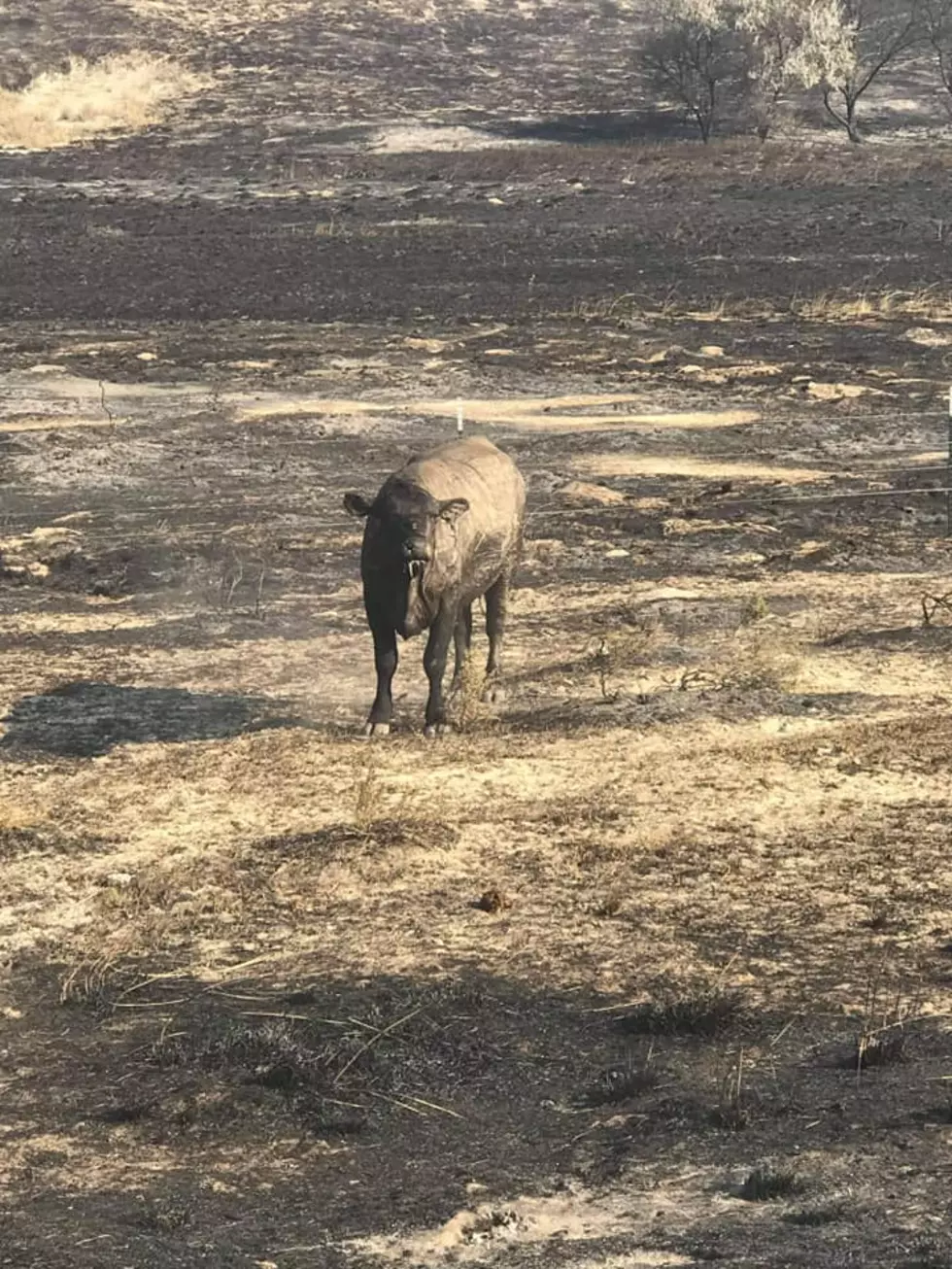
Four Steps To Protect Your Farm or Ranch for PNW Wildfire Season
The Pacific Northwest has always faced the threat of wildfires, particularly in its dry country. That threat is only increasing over time, due to climate change, as we see hotter and drier summers and reduced snowpack.
In 2023, 41 large fires burned in Washington, 44 in Oregon, and 3 in Idaho. That does not include smaller fires, which can be equally devastating, particularly for agribusinesses surrounded by vegetation and rural areas with less access to firefighting services.
In short: wildfires are a reality for agriculture, which means the best plan for wildfires is preparation. This guide offers a breakdown of the four key steps farmers and ranchers can take to protect their businesses and homesteads.
#1. Get crop fire insurance.
For growers, crop fire insurance can be a huge help in offsetting potential losses. If your crop insurance doesn't include fire, you can research insurance agents via the USDA. You can also turn to the Noninsured Crop Disaster Assistance Program (NAP).
#2. Prepare staff and family.
If the people around your operations are prepared, you'll be in better shape should an emergency occur.
- Make sure that you - and your staff - have an easily accessible Emergency Contact list.
- Consider making an alert system for your staff - a group text message, a website, a hotline, or a phone list - to pass along messages regarding fires and closures.
- Create evacuation plans for each area of your operation. Make sure they are posted, and that all staff are aware of evacuation procedures.
- Train your staff in general fire safety protocol and procedures.
#3. Plan for rescuing livestock and pets.
Firefighters are focused on saving human lives - not animals. It's up to you to make sure you have plans in place to save your livestock, horses, and pets.
- Keep hay dry so that it doesn't combust.
- For poultry, ensure you have enough chicken crates that are easily accessible.
- For livestock, determine how many trailers or trips it will take to transport your animals out of harm's way. Network with neighboring farmers and volunteer networks for access to spare trailers and trucks that can help haul animals away.
- Free-roaming animals can be herded and moved behind the fire - what's been burned up won't be burned again.
- Create individual evacuation kits for horses and pets with information on their medications, diet, medical needs, and identification. Making an electronic copy which can be accessed by family, friends, or responders can help.
In a pinch, cut them loose - giving animals a fighting chance to flee for their safety is better than leaving them in a barn or pen. Chubb recommends using a livestock crayon, clippers, or temporary ID tags so you can later identify animals.
#4. Make your farm fire-resilient and accessible for firefighters.
There are steps you can take before fires happen to reduce the risk of damage and to make it easier for emergency crews to battle fires on your property. Remember: firefighters protect homes, not barns.
- Gather all of your crucial documents and put them in a fire safe. If a fire comes through - leave the safe behind. Focus on saving lives, not property.
- Create emergency kits with medical supplies, non-perishable foods, water, radio, flashlights, batteries, masks, and whistles.
- Learn in advance where evacuation sites are or will be - often at fairgrounds and other open venues.
- Create buffer zones around structures that are clear from vegetation and flammable materials. 30 feet is recommended.
- Keep your driveway and roads cleared and marked for firefighters. Posting weight limits on any bridges or marking alternate routes for emergency vehicles can help them navigate your property.
- Create a kit for emergency responders that includes spare gate keys, lock combinations, and property maps.
- Stay alert to weather conditions. Subscribe to email or phone alerts so that you know a fire is coming your way before it's a threat.
- Store chemicals and gases (like propane) in a safe location away from barns, crops, and important structures.
- Spend time researching government resources for wildfire preparation and response, so you know what steps you may need to take in case of a fire.
You can also look at Croptracker's guide to improve fire resiliency in your farm long term, or consider taking a course for wildfire in ag.
8 Unsuspectingly Hazardous Items That May Spark Wildfires
Gallery Credit: Kelso
8 Ways to Clear & Keep Wildfire Smoke from Your Home
Gallery Credit: AJ Brewster
10 Tips To Prevent Wildfires
Gallery Credit: Cort Freeman
More From PNW Ag Network









